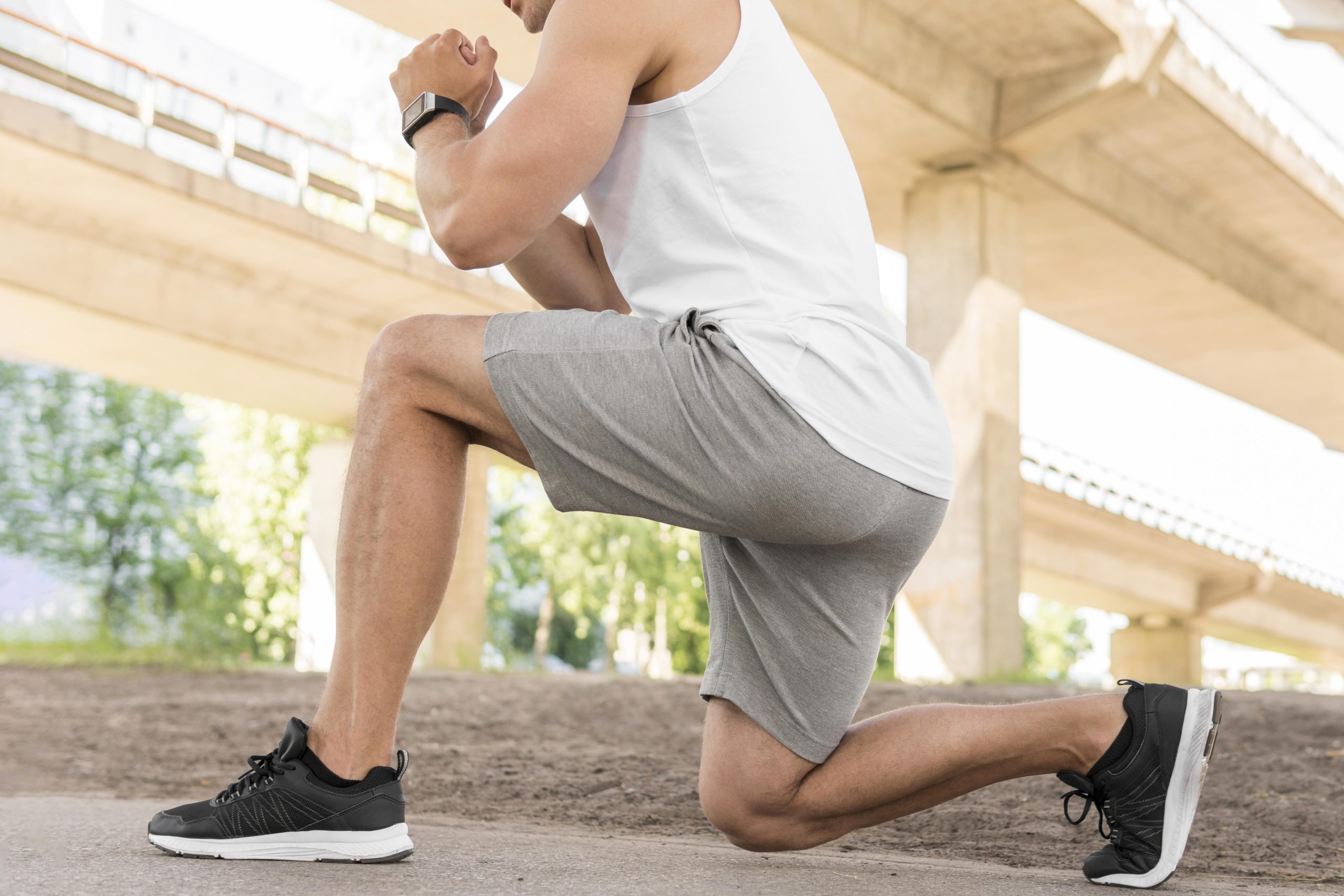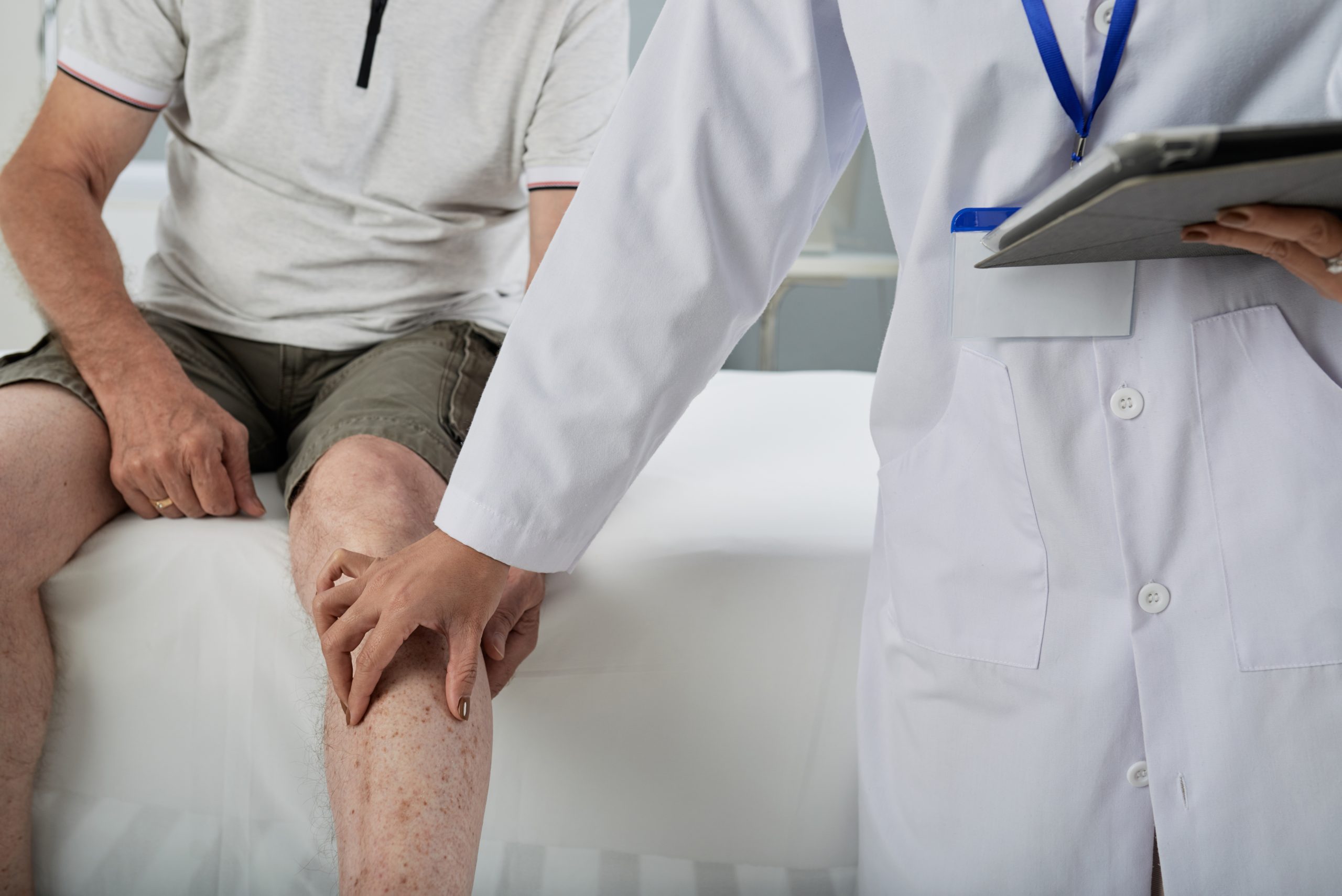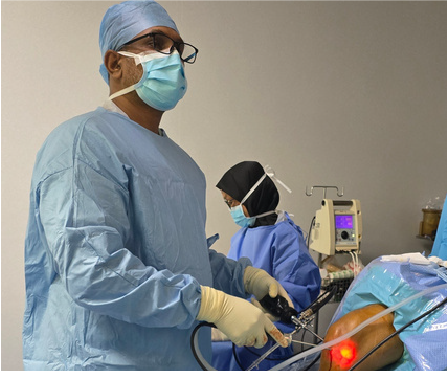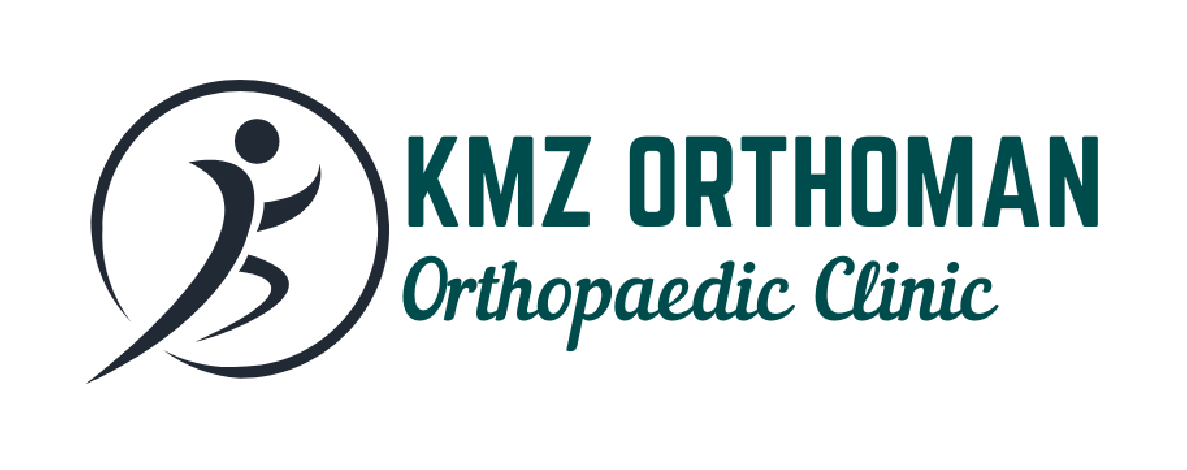ACL Injuries: Understanding and Treatment
Share This Story, Choose Your Platform!
Anterior cruciate ligament (ACL) injury, one of the most common knee injuries, among athletes, can range from mild sprains to complete tears,
In Malaysia, ACL injury is a common concern, particularly among athletes engaged in high-impact sports.
Athletes often sustain ACL injuries during sports or Non-athletes during daily activities when they plant their foot firmly, with a sudden force hitting the knee while the leg is straight or slightly bent.
This type of injury commonly occurs during rapid changes in direction or when landing from a jump.
Understanding the anatomy of the knee joint and the causes of ACL injuries is crucial for both prevention and effective treatment.
The knee joint consists of the thighbone (femur), shinbone (tibia), and kneecap (patella), held together by ligaments (collateral and cruciate) and meniscus (medial and lateral) that provide stability and cushioning.
This comprehensive guide explores ACL injuries, their diagnosis, treatment options, and preventive measures, with a focus on integrating physiotherapy strategies for optimal recovery.
With the support of clinics like KMZ Orthoman, individuals can confidently navigate ACL injuries and regain full functionality of their knee joints.
 Definition of ACL
Definition of ACL
The knee, functioning as a hinge joint, relies on four ligaments to maintain stability and control joint movement.
On either side of the knee, Medial and Lateral collateral ligaments are present (MCL and LCL), alongside two deeper ligaments known as ACL and the posterior cruciate ligament (PCL). Both the ACL and PCL traverse the center of the knee, preventing excessive forward or backward movement of the shinbone.
These ligaments connect the thighbone (femur) to the shinbone (tibia), regulating the movement of the tibia relative to the femur during activities.
ACL injuries do happen amongst older children, often with the avulsion of the bone. Necessitating surgical intervention by fixing the avulsed bone with good tension for the healing of ACL.
Individuals with ACL tears do face a high risk of re-injury, heightening the probability of osteoarthritis in early adulthood.
Strategies for reducing risk include enhancing overall fitness, particularly leg strength and balance, and adopting proper athletic techniques.
Symptoms of ACL Injuries
When the ACL injury happens, individuals may hear a popping sound and feel the knee giving away. The patient will experience pain accompanied by immediate swelling.
Patients with an ACL tear usually experience difficulty in walking due to knee pain and swelling for approximately 2-3 weeks, with gradual improvement over time.
The swelling and pain may resolve spontaneously, but attempting to return to high-contact sports may result in re-injury and potentially damage to the knee’s cushioning cartilage or meniscus.
In cases of complete ACL tears, knee instability leads to feelings of sudden shifting or buckling, preventing activities like jumping, accelerating, and changing directions, as well as rapidly pivoting on the knee.
A structured physiotherapy program is essential for the patient to regain the proprioception of the knee joint and to get confidence in low-level sports activity.
Diagnosis of ACL Injuries
The diagnosis primarily involves obtaining the patient’s medical history, conducting a physical examination, and by radiological investigation.

Knowing the mechanism of injury and the symptoms the patient suffers can yield almost 70% of the diagnosis.
During the physical examination, the doctor assesses the knee for swelling and tenderness, making comparisons between the injured and uninjured knees. The integrity of the ligament is checked by moving the joint and for meniscus by producing click or pain during examination.
The surgeon needs to examine nearby joints as well, such as the hip and ankle, for comprehensive evaluation and treatment planning.
Plain radiographs are crucial for detecting any fracture or pre-existing arthritis
Magnetic Resonance Imaging (MRI) is the gold standard in confirming the diagnosis from clinical evaluation. It is a pain-free investigative procedure, that provides detailed information about the integrity and continuity of the ligament. MRI scans can also aid in diagnosing associated injuries to structures like the meniscus and cartilage,
Treatment
Treatment options for ACL injuries include non surgical and surgical approaches.
The choice of treatment depends on factors such as age, activity level, and the severity of the injury, with patients typically opting for surgery if they desire to maintain their athletic activities or prevent long-term complications like arthritis.
Prompt first-aid care, following the R.I.C.E. model (Rest, Ice, Compression, Elevation), can help alleviate pain and swelling after the injury.
Nonsurgical treatments may involve rest, anti-inflammatory medication, leg bracing, and physical therapy to strengthen the knee and prevent further injury.
ACL reconstruction surgery involves replacing the torn ligament with another ligament to restore stability to the knee joint The surgery is done arthroscopically and associated injuries such as meniscus or cartilage can be tackled as well in the same setting. Rehabilitation post-operatively is crucial for patients to regain the knee function as before.
Rehabilitation
Rehabilitation of ACL injuries involves taking a comprehensive approach that starts with a physical examination to identify the injury and assess its severity, often including imaging such as MRI.
 Whether for non-surgical or post-surgical rehabilitation, physiotherapists provide personalized treatment to manage pain, restore mobility, and facilitate recovery, with the ultimate goal of returning patients to their pre-injury levels of activity and function.
Whether for non-surgical or post-surgical rehabilitation, physiotherapists provide personalized treatment to manage pain, restore mobility, and facilitate recovery, with the ultimate goal of returning patients to their pre-injury levels of activity and function.
Patients are advised to avoid high-demand activities that may strain the ligament and may cause further damage, especially before and after surgery.
The goal of ACL rehabilitation is to manage swelling and pain, regain full range of motion, strengthen the muscles supporting the knee joint, improve balance and proprioception, and eventually facilitate a return to sports activities.
Exercises that strengthen the muscles around the knee joint are essential for stability and function, with doctors prescribing a range of exercises depending on the severity and stage of recovery.
Physiotherapy plays a crucial role in all stages of the rehabilitation process, focusing on customized treatment plans tailored to the individual’s needs and injury severity.
In cases where surgery is necessary, rehabilitation focuses on post-operative care to promote healing and restore knee function.
Treatment plans may include pain relief, muscle strengthening, plyometric training, technique drills, and tailored home exercise programs.
Prevention
To prevent ACL injuries, individuals can ensure that the muscles surrounding the knees are strong and flexible.
Prevention strategies for ACL injuries include targeted strength training, proper warm-up, correct exercise and sports technique, wearing appropriate footwear, and maintaining a balance between strength and flexibility in exercise routines.
Training tips to reduce the risk of an ACL injury include:
- Engage in year-round training and conditioning.
- Practice proper landing technique after jumps.
- When pivoting, crouch, and bend at the knees and hips to reduce stress on the ACL.
- Strengthen the hamstring and quadriceps muscles. The hamstring muscle, located at the back of the thigh, and the quadriceps muscle, located at the front, work together to bend or straighten the leg. Strengthening both muscles can provide better protection against knee injuries.
Conclusion
By understanding the causes, symptoms, diagnosis, treatment, and prevention of ACL injuries, proactive steps can be taken to protect knee health and minimize the risk of injury.
With the expertise and support of clinics like KMZ Orthoman, integrated strategies empower patients to overcome ACL injuries, restore knee function, and return to their active lifestyles with confidence and resilience.


